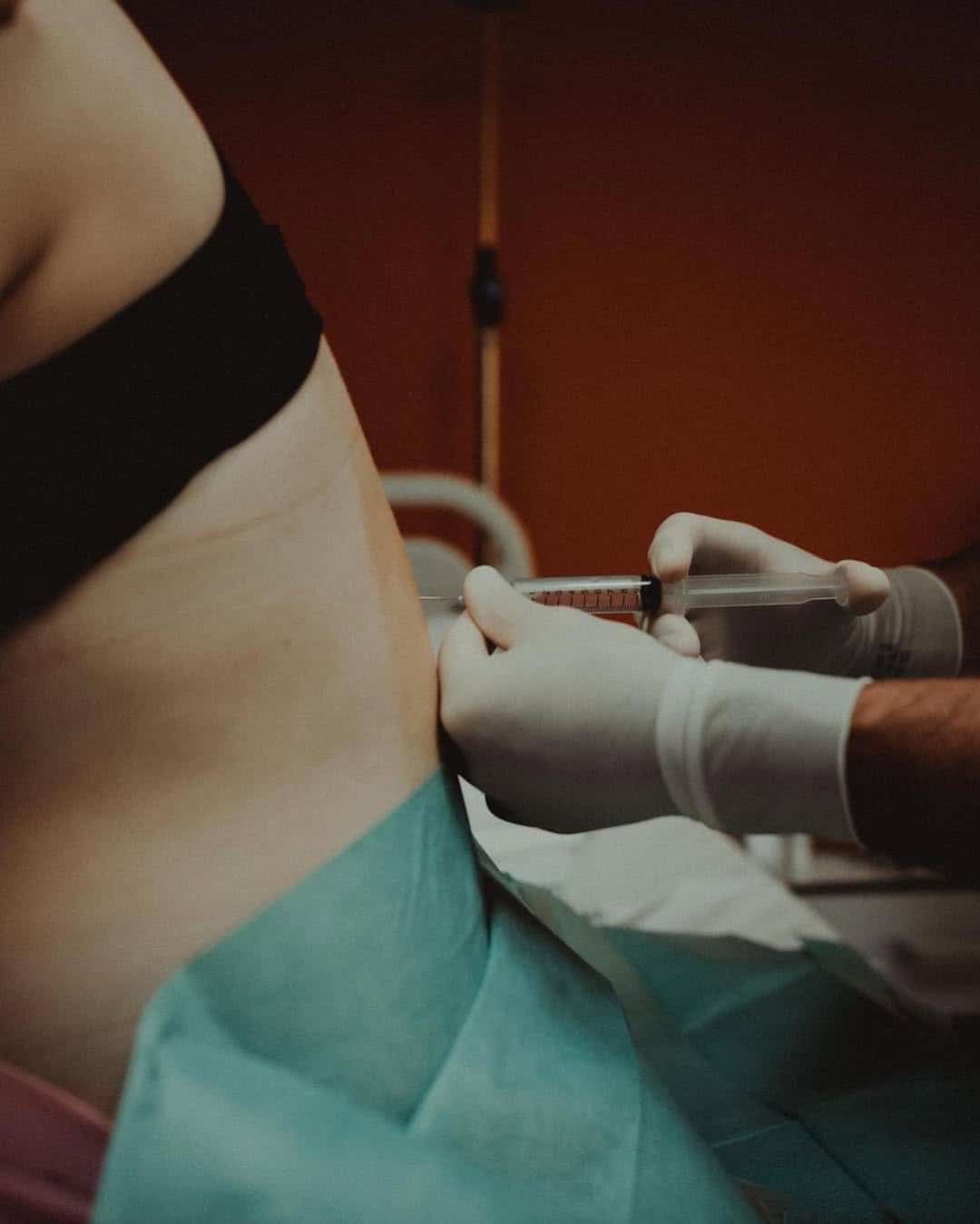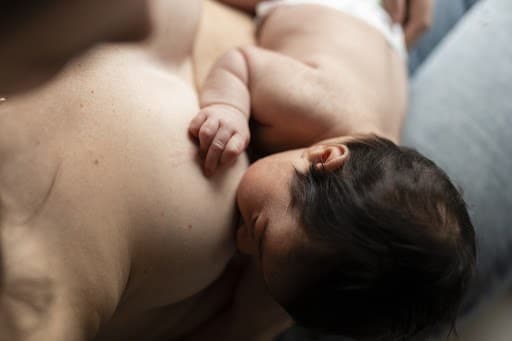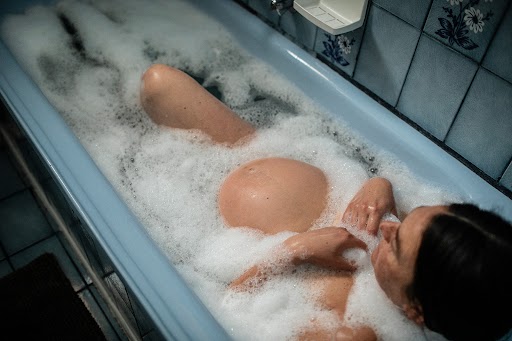Birth What is Informed Choice?
What is Informed Choice?

Understanding informed choice is a key aspect of birth education.
The latest Mothers and Babies report shows that 96 percent of Australian women give birth in hospital, with 75 percent of those birthing in public hospitals.
If you’re currently planning a low-intervention labour and birth in hospital, there’s a few things you should know. While many women feel comforted knowing that medical intervention is right there if it’s required (I definitely felt this way!) unnecessary intervention can often leave new mothers feeling like they didn’t have a say in their birth experience. Subsequently, this may contribute to negative feelings around birth which can be a contributing factor to birth dissatisfaction and postnatal depression.
Research tells us that there’s a strong link between informed choice and positive maternal outcomes. That is, if a birthing mother can make informed decisions about her labour and birth and those decisions are respected and supported by her care provider, she’s more likely to feel positive about her birth experience – regardless of where she births or how she births.
What is informed choice?
Throughout pregnancy, labour and birth, your care provider is required to seek your consent every step of the way – for everything from blood tests and measuring your belly in pregnancy to vaginal examinations and CTG monitoring in labour. No-one, not your GP, midwife or obstetrician, can do anything to you without your full, informed consent.
To facilitate your decision making process, your care provider is required to share evidence-based information with you, detail the risks and benefits of intervention or treatment and give you time to make a decision without adding pressure or coercion into the conversation.
Remember: this is your pregnancy and your birth.
While your midwife or obstetrician has a responsibility to obtain your informed consent, that doesn’t necessarily mean it’s their priority. For instance, a 2019 study by Human Rights in Childbirth found that informed consent is not standard practice.
You need to be informed to make informed choices
Birth education and preparation is essential, regardless of where you’re birthing and how you’re birthing.
If you choose to “go with the flow” your hospital birth will, statistically, include intervention. Birth intervention is sometimes incredibly necessary but if you want to avoid it, you need the following:
- skills to navigate labour including breathing and sound practises, active birth positions and an understanding of the process of labour (it’s encouraging to know what’s normal and expected)
- a prepared birth partner to advocate for you when you can’t. Birth education is a conversation starter and you’ll feel much more confident when you know that your birth partner is educated and prepared, too.
- a good understanding of the risks and benefits of interventions and how they can help and hinder your labour and birth. For instance, if your labour is very long, you’re not progressing and you’re exhausted, an epidural may assist you to achieve a vaginal birth even though it does come with some risks.
- a birth plan that outlines your priorities for labour and birth scenario A, B + C (because birth is unpredictable and often we need to navigate a change of plan). Itdoesn’t need to be an essay; dot points are a great way to communicate with your birth team, both in pregnancy and labour.
The Birth Class offers you online access to a range of perinatal health specialists who cover every aspect of labour, birth and the first hours with your baby. There’s also a guide to writing a birth plan, a hospital bag checklist and breathing and meditation modules to use throughout pregnancy.
Going with the flow isn’t birth education, The Birth Class is.
– once you’re admitted to the birthing unit it’s also common for your labour to slow or stall because the flow of oxytocin (the hormone that drives contractions) is halted by bright lights, an unusual setting, adrenaline and anxiety. It’s for this reason that your care provider will encourage you to labour at home for as long as possible. The question is: do you have the birth skills and confidence to do this? And is your birth partner confident and prepared enough to support you?
Categories
Related Products
-
The Birth Class
107 reviews$249.00The empowering online childbirth education program that will help you confidently prepare for birth.
Get your copy of our Perineal Massage Guide in your inbox
Keep Reading
We think you might enjoy these articles
@AustralianBirthStories
Follow along with us
@AustralianBirthStories
Follow along with us
@AustralianBirthStories
Follow along with us
@AustralianBirthStories
Follow along with us
@AustralianBirthStories
Follow along with us
@AustralianBirthStories
Follow along with us
@AustralianBirthStories
Follow along with us
@AustralianBirthStories
Follow along with us
@AustralianBirthStories
Follow along with us
@AustralianBirthStories
Follow along with us
@AustralianBirthStories
Follow along with us
@AustralianBirthStories
Follow along with us








